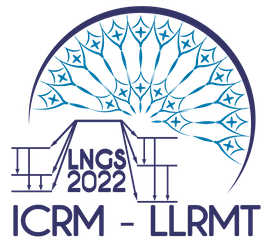Speaker
Description
One of the most energetic events in the Universe are core-collapse Supernovae (SNe), where almost all the star's binding energy is released as neutrinos. These particles are direct probes of the processes occurring in the stellar core and provide unique insights into the gravitational collapse and the neutrino properties. Currently, astroparticle physics is in need of SN observations and of a detection technique highly sensitive to all neutrino flavors.
RES-NOVA will revolutionize how we detect neutrinos from astrophysical sources by deploying the first array of cryogenic detectors made from archaeological Pb. Pb is a unique target material, it is the only element that simultaneously offers the highest neutrino interaction cross-section (via coherent neutrino-nucleus scattering, CNNS), for high interaction rates, and the highest nuclear stability, for ultra-low background levels. For the first time, we propose to use archaeological Pb not as detector shielding material, but as sensitive target material.
CNNS enables RES-NOVA to be equally sensitive to all neutrino flavors, without being affected by neutrino flavor oscillations. While, archaeological-Pb allows to deploy an ultra-low background level in the region of interest that lies at the detector energy threshold, $O$(1keV). All these features make possible the deployment of the first cm-scale neutrino telescope for the investigation of astrophysical sources.
In this contribution, we will present the characterization of the radiopurity levels of an archaeological-Pb sample operated as cryogenic detector, and the performance of a small scale proof-of-principle detector of RES-NOVA.

